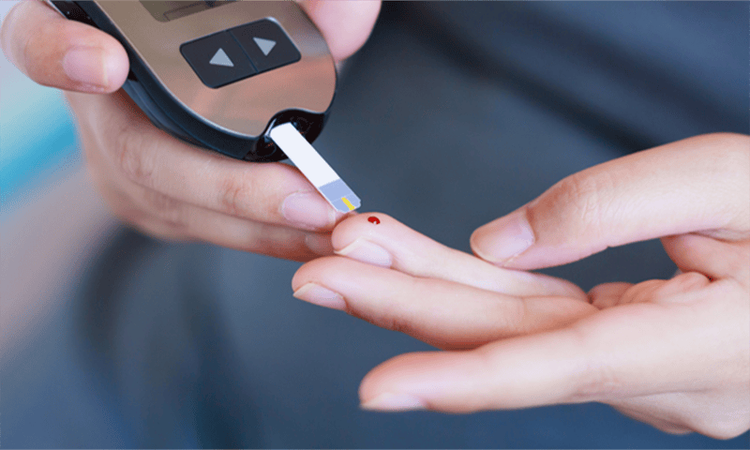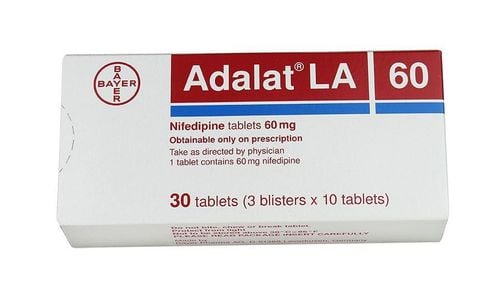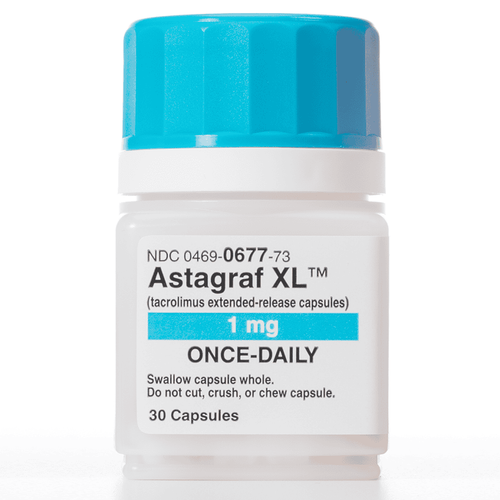This is an automatically translated article.
Diabetes can cause an eye problem called diabetic retinopathy - the leading cause of vision loss in adults. This problem becomes even more prominent as the number of people with diabetes and the number of people with visual impairment is increasing.1. Statistics on people with diabetic retinopathy
Each year in the United States, up to 40,000 cases of diabetic blindness occur (according to 1993 CDC data). Diabetes is the leading cause of blindness in American adults between the ages of 20 and 74. In addition, people with diabetes are 25 times more likely to go blind than the general population. Most of this blindness in people with diabetes is caused by diabetic retinopathy - a disorder characterized by microvascular changes and bleeding in the retina. Of the 7 million people in the United States with diabetes, diabetic retinopathy will have a major impact on their lives.There are two main types of diabetes:
1.1 Insulin dependent diabetes
Retinopathy occurs most often and is most severe in people with insulin-dependent diabetes, accounting for about 5 to 10% of all people with diabetes. The incidence of diabetic retinopathy in this group was low soon after diagnosis but increased to more than 90% after 15 years.The prevalence of proliferative diabetic retinopathy in people with type 1 diabetes is negligible up to a 5-year period and increases to about 60% after 20 years. Among people with type 1 diabetes, the rate of macular edema increased from less than 5% shortly after diagnosis to more than 20% over a 25-year period.

Bệnh võng mạc ở những người mắc bệnh tiểu đường phụ thuộc insulin thường nghiêm trọng
1.2 Non-insulin dependent diabetes
About a third of people with type 2 diabetes also need insulin treatment. The incidence of any retinopathy in people with type 2 diabetes requiring insulin treatment steadily increases from 10 to 30% at initial diagnosis to 90% after 25 years.The prevalence of proliferative diabetic retinopathy increased from 2% at the time of diagnosis to approximately 20% over a 20-year period. The incidence of macular edema is not significant shortly after diagnosis but increases to more than 10% after 25 years. About half of people with type 2 diabetes are treated with a blood sugar-lowering diet or medication. The incidence of retinopathy in people with type 2 diabetes who do not require insulin treatment increases from 10-20% at diagnosis to more than 60% after 20 years.
The prevalence of proliferative diabetic retinopathy increased from 2% at diagnosis to approximately 5% after 20 years. This is the lowest incidence and progression of retinopathy. The incidence of macular edema increased from less than 3% shortly after diagnosis to more than 10% after 25 years.
A recent study conducted at the US Centers for Disease Control and Prevention (CDC) shows that the prevalence of diabetic retinopathy is at a high level, affecting nearly one-third of adults worldwide. 40 years old with diabetes and more than a third of African-Americans and Mexicans. Specifically:
4.2 million adults have diabetic retinopathy, of which 655,000 are vision-threatening. Compared with Caucasians, the more severe (vision-threatening) form of diabetic retinopathy is 3 times more common in Mexican Americans and nearly 3 times more common in African Americans. Male sex, high A1c levels, long duration of diabetes, insulin use and high systolic blood pressure are factors that are independently associated with the occurrence of diabetic retinopathy. The study was conducted as part of the National Health and Nutrition Examination Survey from 2005 to 2008. The full report was published in the Journal of the American Medical Association.
2. How important is prevention in diabetic retinopathy?
Overall, although the prevalence of diabetes in the US population is increasing, the prevalence and severity of diabetic retinopathy remains scarce. In the early stages, you may not notice any symptoms or changes to your vision. Sometimes, people don't even know that high blood sugar is harming their eyes. If not detected and treated promptly, your vision can be permanently damaged.However, vision problems and blindness from diabetic retinopathy can all be prevented through:
Good control of blood sugar and blood pressure Detect and treat eye diseases early To To reduce blindness associated with diabetic retinopathy, health professionals must identify and treat those at high risk before vision loss occurs. Prophylaxis in the form of laser treatment for proliferative diabetic retinopathy and macular edema. Improved access to screening and treatment for diabetic retinopathy may also reduce the risk of diabetes-related vision loss.

Kiểm soát tốt lượng đường trong máu để ngăn ngừa bệnh võng mạc tiểu đường
3. The role of diabetic retinopathy screening
Potential clinical trials indicate that laser photocoagulation is effective in reducing the risk of visual impairment. Transcatheter laser photocoagulation can reduce the risk of serious vision loss by at least 60% in some people with diabetes.An annual eye exam can identify diabetic retinopathy early, so it can be treated promptly to prevent vision loss and the risk of blindness. However, about half of people with diabetes don't get regular eye exams. The sensitivity of ophthalmoscopy in screening for diabetic retinopathy increases when the physician is trained and experienced in performing eye exams, and ranges from 50 to 100%. Economic evaluations show that screening for diabetic retinopathy costs less than one year of treatment for one's blindness.
In summary, screening for diabetic retinopathy is both effective to prevent blindness and cost-effective. This prevention effort requires improved screening, timely detection, and initiation of health care. To start treatment, all people with diabetes (except those with type 1 diabetes for less than 5 years) must have an annual eye exam by a trained specialist and must be referred for treatment. suitable.
Vinmec is currently an International General Hospital with a full convergence of doctors and specialists with many years of experience, combined with a system of modern equipment and facilities. High quality material guaranteed. Therefore, when visiting, customers will receive an in-depth health check, if necessary, they can combine with many specialists to advise on the most appropriate treatment regimen for each medical condition. difference.
With outstanding medical quality, Vinmec International General Hospital has achieved many certain achievements and is highly appreciated by experts and customers.
Please dial HOTLINE for more information or register for an appointment HERE. Download MyVinmec app to make appointments faster and to manage your bookings easily.
Reference source: cdc.gov












